Remember unpacking your school supplies at the beginning of each year? That satisfying crack of opening a fresh notebook or the distinct smell of a new box of crayons? While some classroom staples have remained unchanged for generations, many once-essential items have disappeared completely from modern school supply lists. As technology advances and teaching methods evolve, these formerly mandatory tools of learning have been relegated to museums and nostalgic conversations among parents who can’t believe what today’s students use instead.
1. Overhead Projector Transparencies
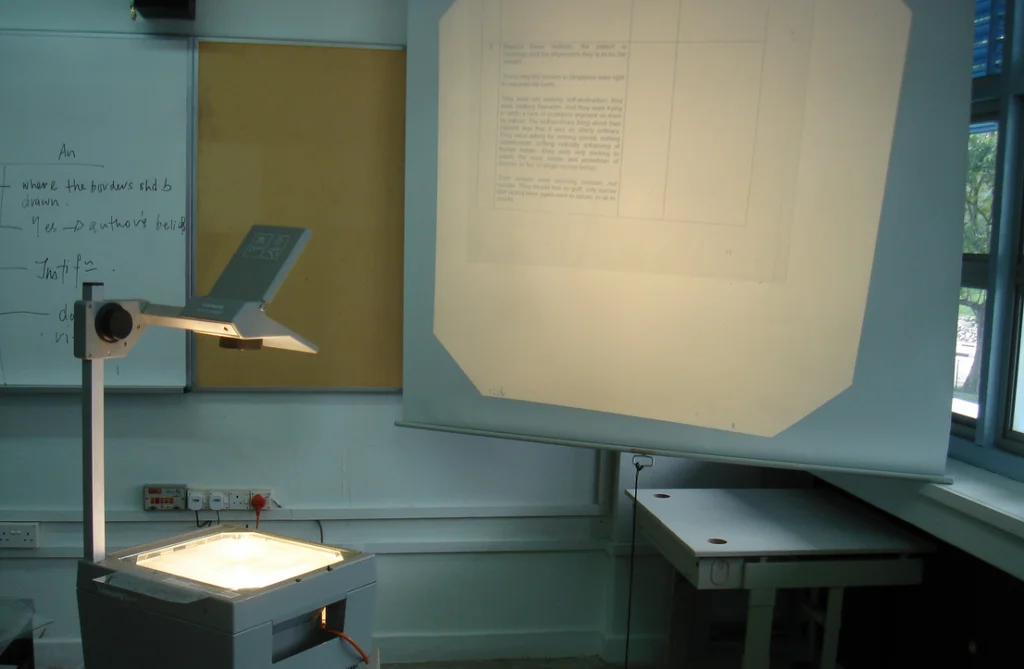
Before PowerPoint and digital projectors took over classrooms, teachers relied heavily on overhead projectors with their distinctive bright light and cooling fans that created a white noise backdrop to lessons. Students often had to prepare presentations on clear acetate sheets using special transparency markers, carefully avoiding smudging their work before the big presentation day. The satisfying moment of placing your transparency on the glass surface and seeing your work projected larger than life on the classroom wall was a rite of passage for generations of students. EdTech Magazine shines a light on the fact that teachers have been using projectors in classrooms for quite a while, spanning over centuries, technically.
Today’s classrooms have largely replaced these bulky machines with digital projectors connected to computers or tablets, eliminating the need for physical transparencies altogether. Modern students might never experience the teacher frantically searching for the perfect dry-erase marker that wouldn’t permanently stain the expensive plastic sheets. The characteristic sound of transparency sheets sticking together and the teacher’s frustrated attempts to separate them have been replaced by quiet clicks of presentation remotes and digital slide transitions.
2. Card Catalog Index Cards

Library research once required mastering the art of navigating through wooden drawers filled with meticulously handwritten or typed index cards organized by author, title, and subject. Students would spend hours copying down Dewey Decimal numbers onto notepaper before venturing into the stacks to find their sources. The tactile experience of flipping through these cards, with their distinctive texture and occasionally handwritten notes from librarians, was a fundamental skill taught in schools across America. The Trapped Librarian insists that teaching kids to navigate the card catalog is one of the most important skills inquiring minds can develop.
Digital library catalogs have completely eliminated this once-essential research tool, with students now typing keywords into search bars rather than physically browsing through card drawers. Today’s students might never experience the satisfaction of successfully locating a rare book through careful detective work among the catalog cards. The skills of alphabetization and understanding library classification systems are now taught differently, with many young people never having seen an actual card catalog outside of vintage movies or television shows.
3. Typewriters and Correction Fluid
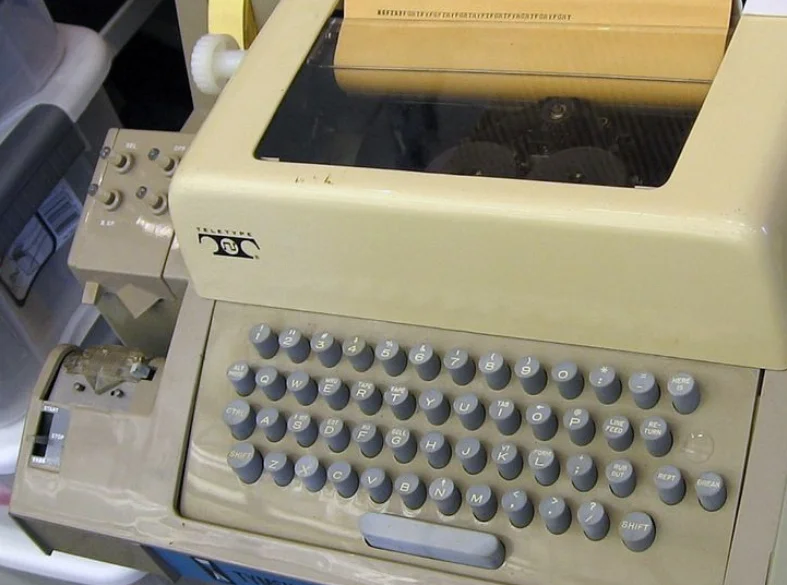
High school and college students once faced the pressure of typing final papers with minimal mistakes, as corrections were visible and messy on the final product. The rhythmic clacking of typewriter keys echoed through homes the night before assignments were due, often accompanied by frustrated sighs when a typo appeared near the bottom of a nearly-completed page. Bottles of white correction fluid were essential supplies, allowing students to paint over mistakes and type again once the liquid dried—a process that left telltale signs of imperfection on the finished work. Industrial Equipment News writes that not only has the typewriter dwindled from American schools, but it seems to have reached the end of its lifetime in all schools abroad where it previously enjoyed a comfortable foothold.
Word processing software has completely eliminated this source of student anxiety, with spell-check, grammar tools, and seamless editing capabilities making typewriters obsolete in educational settings. The physical act of returning the carriage or inserting a fresh sheet of paper has been replaced by quiet keystrokes and automatic saving. Modern students will never understand the particular stress of realizing you’ve made a major error on page one of a ten-page term paper that you’ve been typing all night and have no time to restart from scratch.
4. Encyclopedia Sets

Many households with school-aged children invested in expensive multi-volume encyclopedia sets that occupied entire bookshelves and served as the primary research source for countless school projects. Students would rush to claim the needed volumes for their assignments, particularly when the entire class was researching similar topics with limited library access. The distinctive thin pages and condensed information required students to develop skills in extracting relevant facts and rewording information to avoid obvious plagiarism.
Internet search engines have rendered physical encyclopedias obsolete, with Wikipedia and other online resources providing instantly updated information on virtually any topic. The substantial financial investment families once made in these reference books—often purchased through monthly payment plans from door-to-door salespeople—is now redirected toward electronic devices and internet connectivity. While digital resources offer vastly more information, educators sometimes lament the loss of the focused research experience that bound volumes provided without the distractions of hyperlinks and advertisements.
5. Book Covers Made From Paper Bags

The annual ritual of covering textbooks with brown paper grocery bags was once a universal back-to-school tradition that taught students responsibility for school property. Families would save bags specifically for this purpose, and students developed various techniques for creating perfectly fitted covers with folded edges and taped corners. The blank canvas of the covered book then became a personal art space, with doodles, band logos, and friend signatures accumulating throughout the school year.
Digital textbooks and more durable book materials have largely eliminated this practice in many schools, with some students never experiencing the satisfaction of a perfectly executed book cover. The environmental awareness around paper waste has also contributed to this tradition’s decline, as many grocery stores now offer reusable bags instead of paper. This seemingly simple task taught valuable skills in measurement, following directions, and creating protective coverings—practical abilities that aren’t easily replicated by clicking “download” on a digital textbook.
6. Filmstrip Projectors and Advance Bells
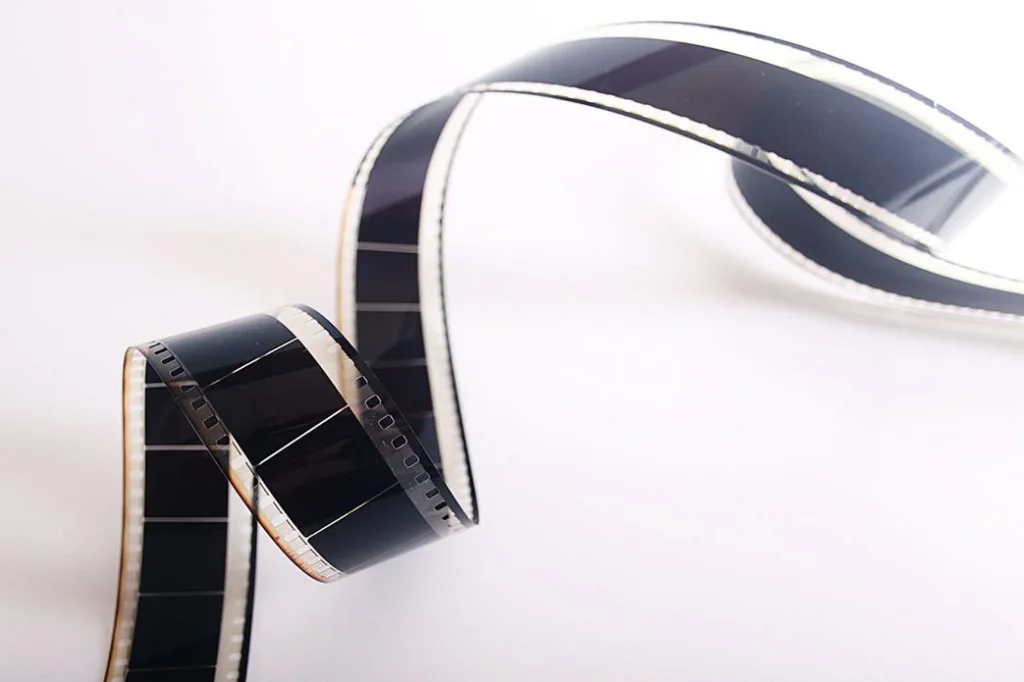
Classroom filmstrips with their accompanying cassette tapes and synchronization bells were once cutting-edge educational technology that students looked forward to experiencing. Teachers would darken the room and select a student to advance the film when hearing the distinctive “beep” signal, a coveted responsibility that sometimes went awry when attention wandered. The characteristic sound of the filmstrip catching and jumping in the projector created a rhythmic visual experience that entire generations remember as the multimedia of their educational years.
Interactive digital content and video streaming have completely replaced these linear visual presentations, eliminating the charming imperfection of manually synchronized audio-visual experiences. Modern students can pause, rewind, and interact with educational content independently, without relying on a designated classmate to advance the presentation. While technically superior in almost every way, today’s educational videos lack the communal experience of watching the classroom filmstrip advance frame by frame, with the collective anticipation of when the next bell would signal advancement.
7. Slide Rules and Logarithm Tables
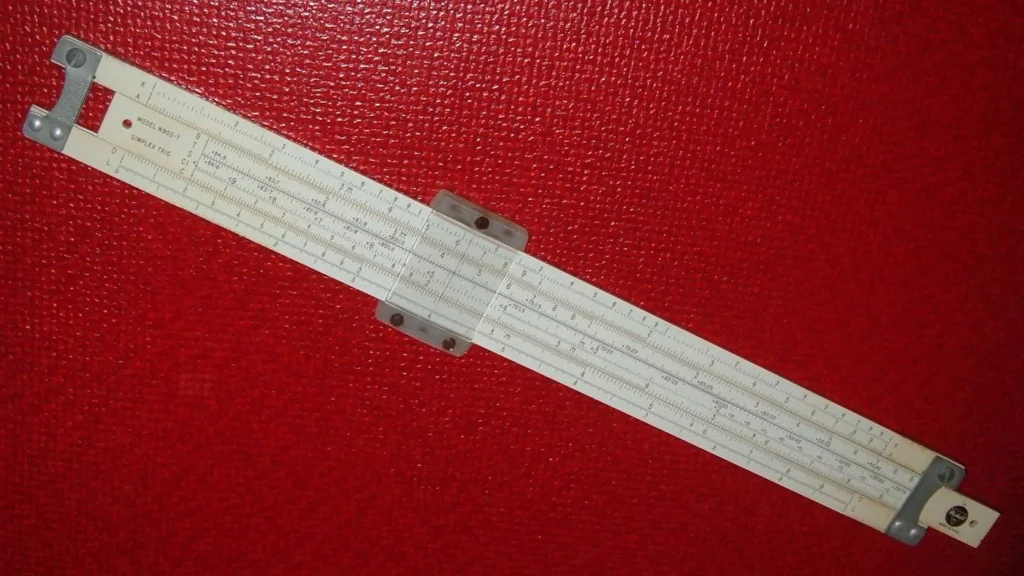
Before affordable calculators became ubiquitous, advanced math and science students relied on slide rules and printed logarithm tables to perform complex calculations. Learning to manipulate the sliding middle section of these rulers to multiply, divide, and calculate other functions was considered an essential skill for anyone pursuing scientific fields. Mathematics classrooms featured wall-mounted giant demonstration slide rules that teachers used to model calculations visible from the back row.
Electronic calculators and computer software have completely replaced these analog calculation tools, with many teachers now struggling to explain logarithms without referencing the tables that once made them tangible. Modern graphing calculators and smartphone apps can instantly perform calculations that once required significant time and expertise with a slide rule. Though teaching the underlying mathematical concepts remains important, the physical manipulation skills and estimation abilities developed through slide rule use have largely disappeared from the curriculum.
8. Ditto Machines and Purple-Inked Worksheets
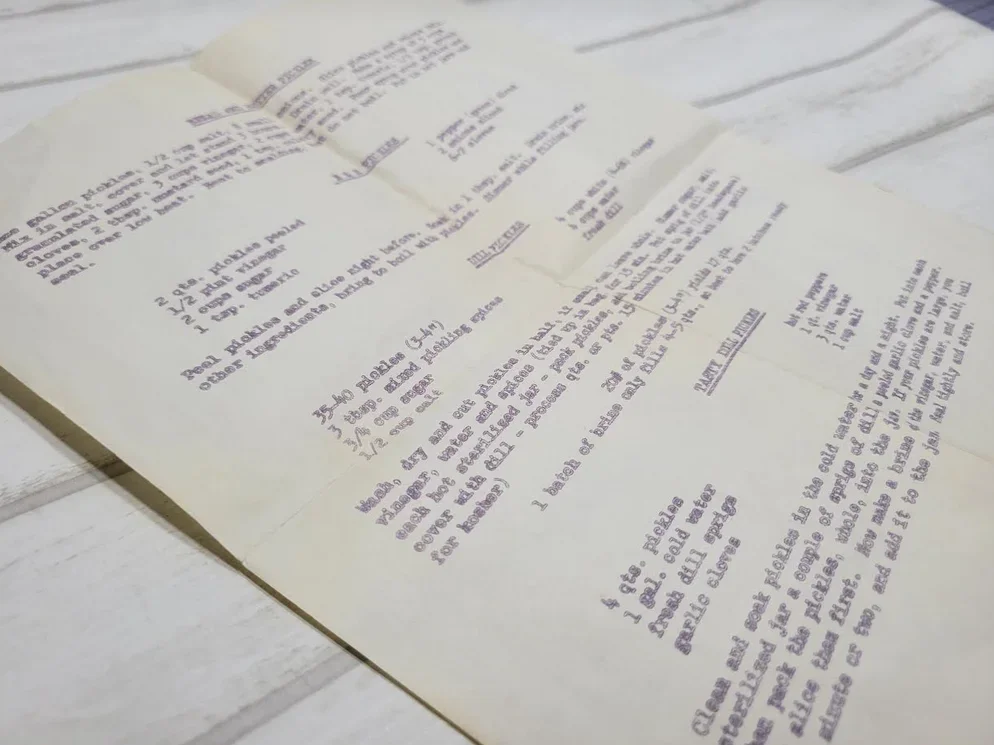
The distinct chemical smell of freshly-printed ditto sheets being distributed in class is an olfactory memory shared by generations of students who would immediately lift the purple-inked papers to their noses. Teachers would prepare these spirit duplicator masters by hand, carefully writing or typing on special sheets that transferred purple dye to multiple copies when run through the hand-cranked machine. The purple ink would fade over time and could transfer to hands and clothing, creating distinctive smudges that marked students as freshly returned from a test or worksheet.
Digital printing and photocopying technologies have completely replaced this imperfect but beloved duplication process that once dominated schools. Modern students receive crisp black-and-white or color printouts without the characteristic purple text or chemical aroma that their parents might nostalgically recall. School offices no longer feature the rhythmic sound of teachers taking turns at the ditto machine handle, preparing last-minute materials for their classes while leaving with purple-stained fingertips.
9. Cursive Writing Workbooks

Mastering cursive handwriting was once considered an essential skill, with students spending countless hours tracing dotted letter forms and practicing the perfect slant in specialized penmanship workbooks. Elementary classrooms featured alphabet strips above chalkboards displaying both print and cursive forms that students were expected to reference when completing assignments. The transition from printing to cursive writing marked an important developmental milestone, with successful mastery often celebrated with “cursive licenses” or special certificates.
Keyboarding instruction has largely replaced handwriting emphasis in modern curricula, with some schools eliminating cursive instruction entirely as digital communication becomes more central to everyday life. Today’s students might learn to sign their names but often cannot read historical documents or grandparents’ letters written in flowing script. While some schools maintain cursive instruction for its cognitive benefits and cultural heritage value, the dedicated workbooks with their specialized line spacing and extensive practice exercises have disappeared from most supply lists.
10. Metal Compass Sets for Geometry
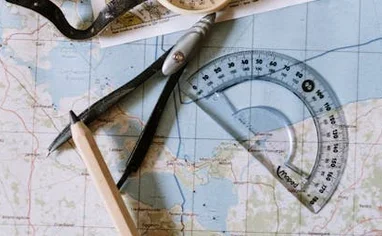
Geometry students once required specialized metal drawing tools including compasses, protractors, and straight edges housed in distinctive hinged cases that made satisfying clicks when opened and closed. Learning to control the sharp point of a compass while maintaining even pressure on the pencil lead to create perfect circles was a challenging skill that required practice and patience. These precision instruments were considered valuable enough to engrave with names and were often passed down between siblings as they progressed through school.
Computer-aided design programs and geometry software have largely eliminated the need for physical drawing tools in mathematics education. Modern students can create perfect geometric constructions digitally, without the frustration of compass points tearing through paper or pencil leads breaking at crucial moments. While some educators argue for maintaining instruction in manual construction for its tactile benefits, the distinctive sets of precision drawing instruments have largely disappeared from back-to-school shopping lists across the country.
11. Dictionary Stands and Thesaurus Sets
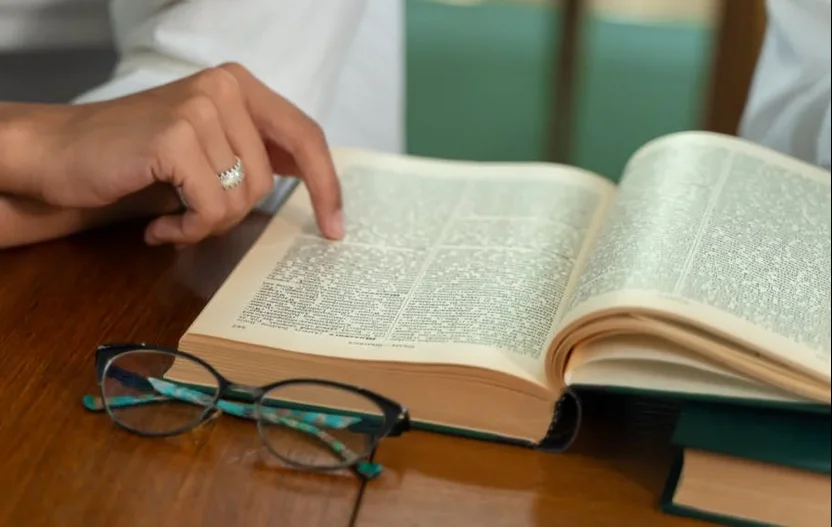
Classroom dictionary stands once occupied a position of honor in every classroom, holding massive reference books that served as the final authority on spelling, pronunciation, and definitions. Students would take turns approaching these imposing tomes, carefully turning tissue-thin pages to locate words while their classmates waited for the definitive answer to vocabulary disputes. The ability to navigate alphabetical order quickly and locate guide words at the top of dictionary pages was considered an essential skill taught through dedicated exercises and timed competitions.
Online dictionaries and spell-check features have eliminated the need for these physical reference books in most educational settings. The characteristic sound of dictionary pages rustling and the satisfaction of physically placing your finger on the correct entry has been replaced by silent typing into search bars. Modern students rarely experience the serendipitous learning that occurred when scanning surrounding entries while searching for a specific word, or the authoritative finality of the teacher instructing everyone to “look it up” in the classroom’s official dictionary.
12. Analog Wall Clocks for Teaching Time

Learning to tell time on traditional analog clocks with hour and minute hands was once a critical skill taught in early elementary grades using specialized classroom clocks with visible moving gears. Students practiced on cardboard clock faces with movable hands, writing the corresponding digital time on worksheets as they mastered concepts of quarter hours and minutes. The classroom wall clock held significant power over students’ daily lives, with eyes frequently darting to its face to calculate remaining time before lunch, recess, or the final bell.
Digital displays on computers, phones, and electronic classroom timers have largely replaced traditional clock faces in many schools, with some students now struggling to interpret analog time displays. The particular anxiety of watching the minute hand make its seemingly endless journey toward dismissal time has been replaced by precise digital countdowns. While some schools maintain analog clocks for their educational value, the dedicated teaching materials and practice worksheets for clock reading have largely disappeared from early elementary curricula as the skill becomes increasingly less essential in everyday life.
The evolution of school supplies tells a fascinating story about changing educational approaches and technological advancements. While today’s students might never experience the satisfaction of a perfectly typed paper without errors or the distinctive smell of ditto machine ink, they benefit from tools that previous generations could only imagine. As we look back at these obsolete educational items, we’re reminded not just of the physical objects themselves, but of the unique skills they helped develop and the shared experiences they created for generations of students.


